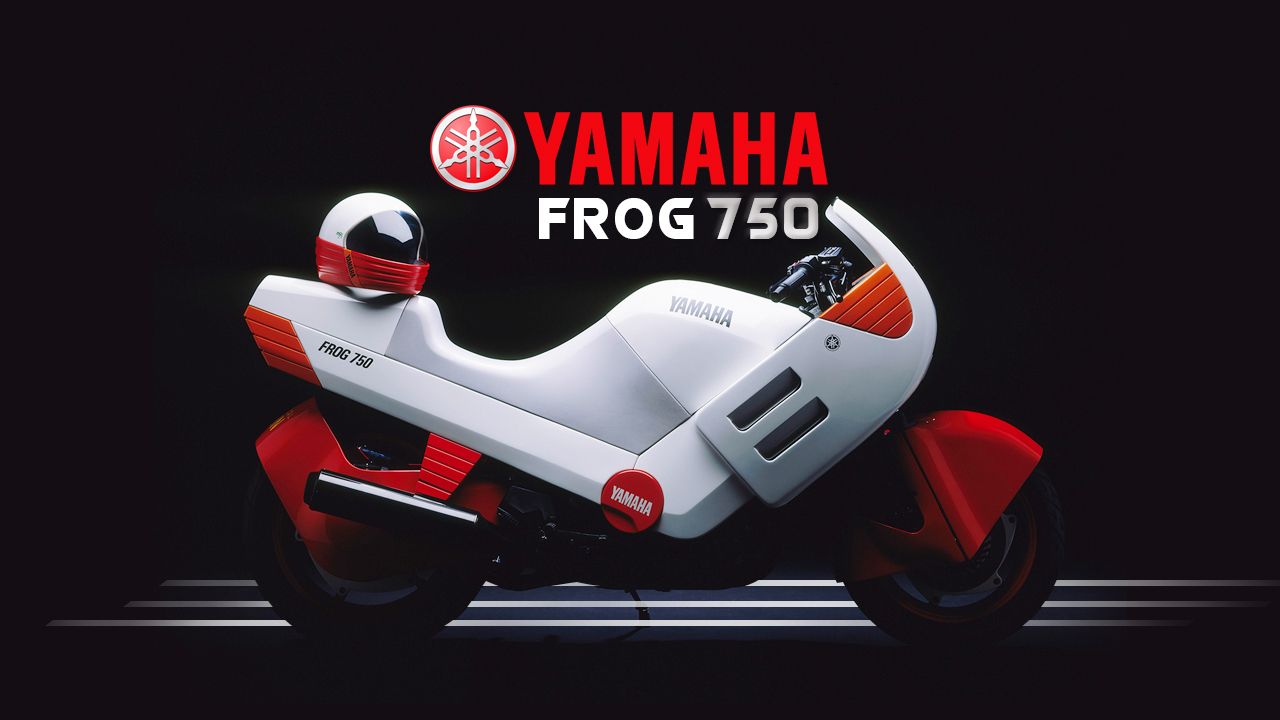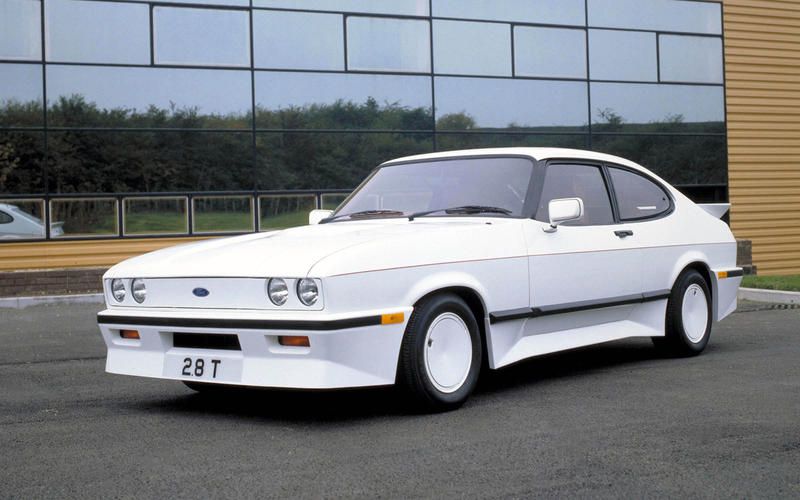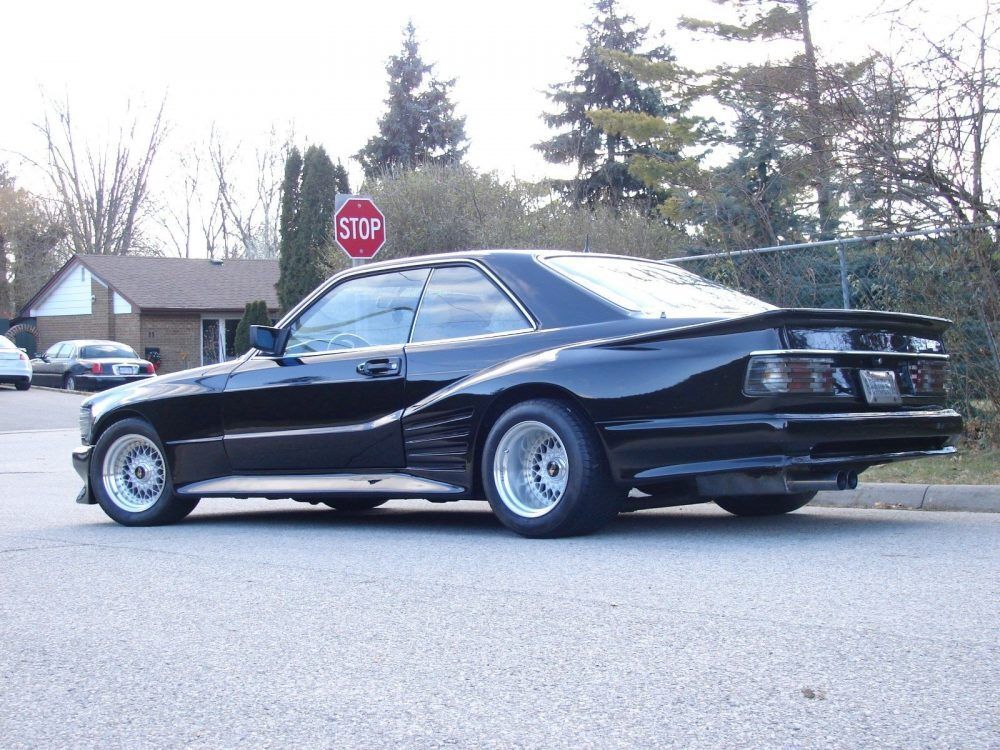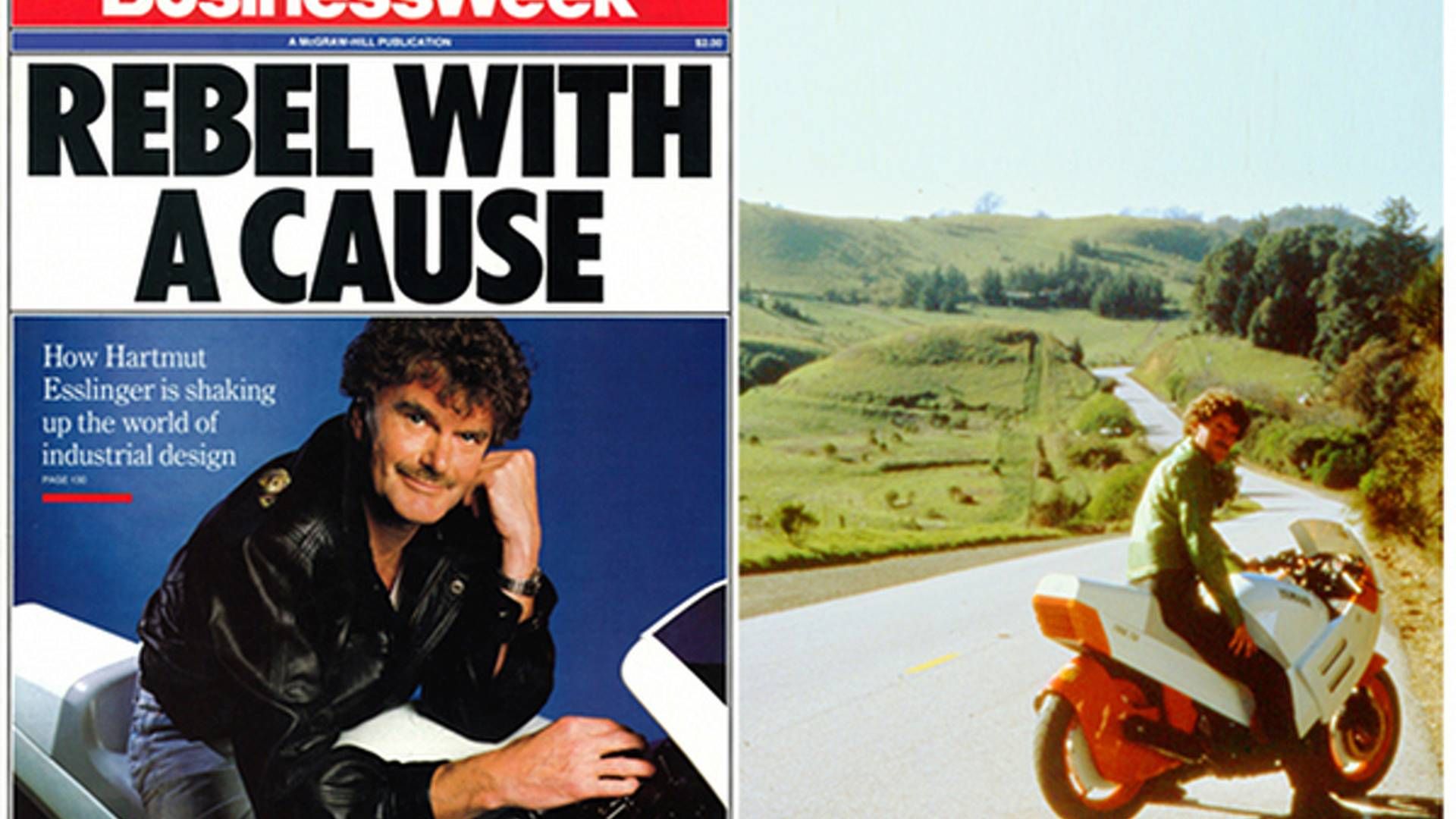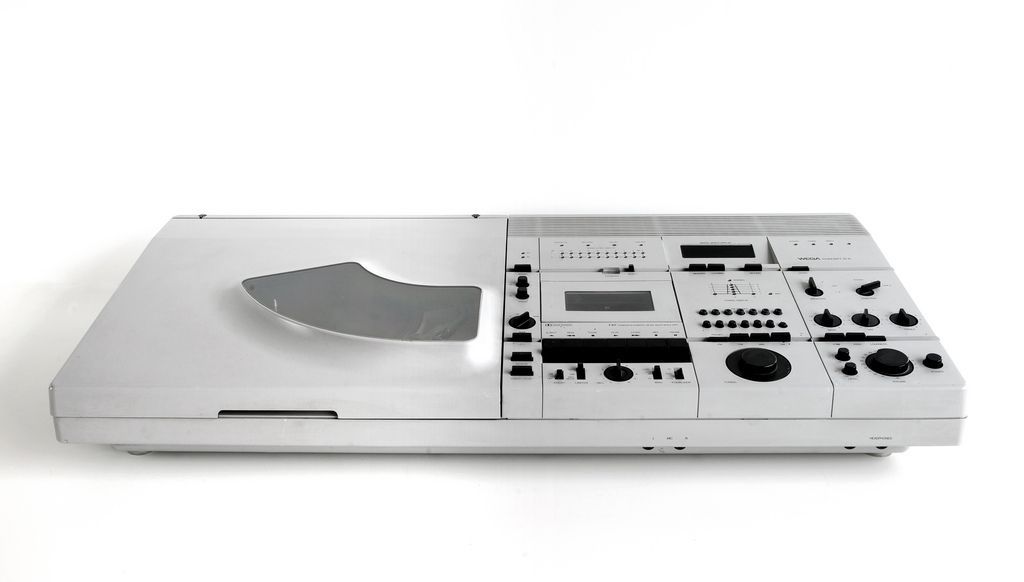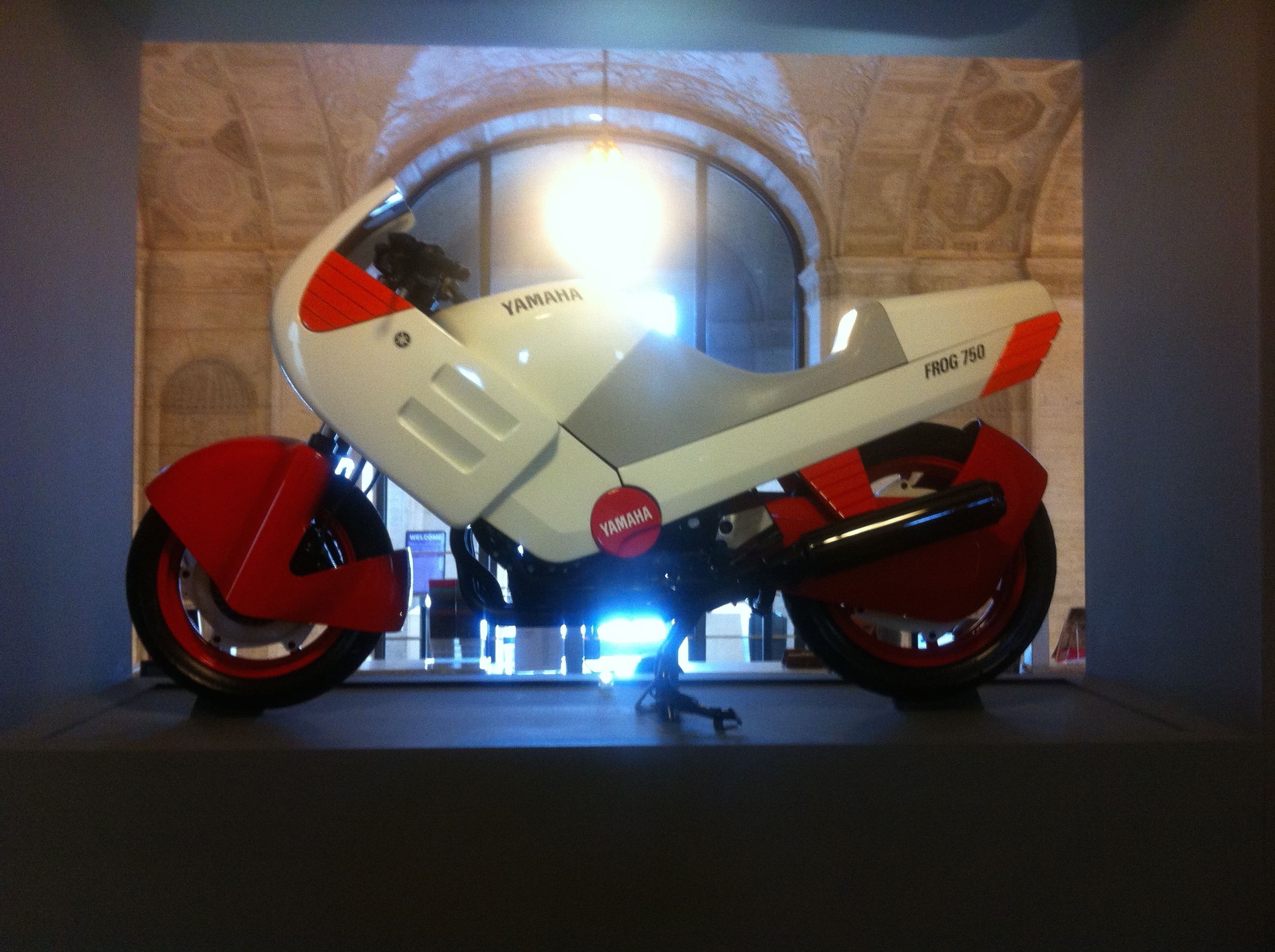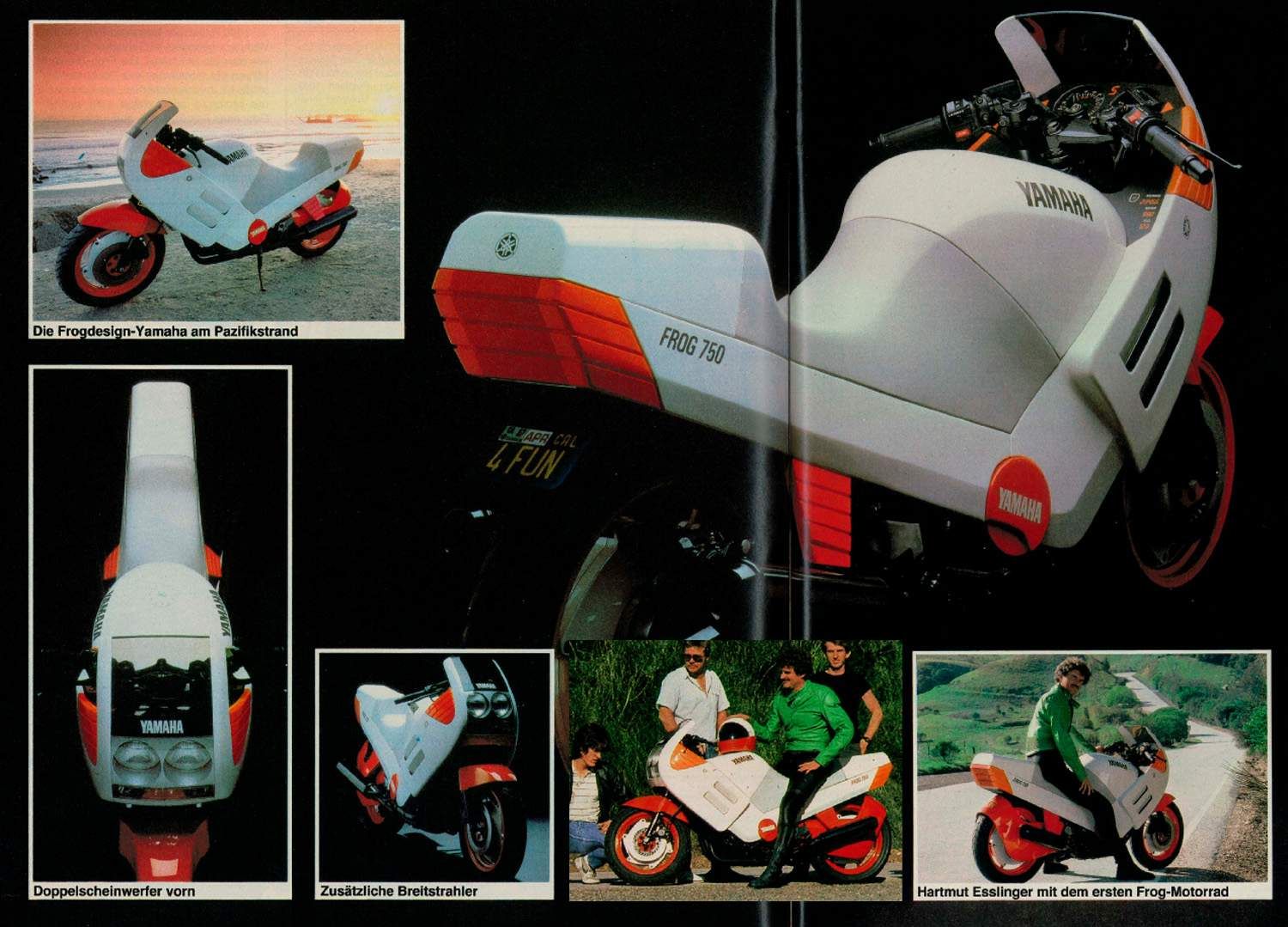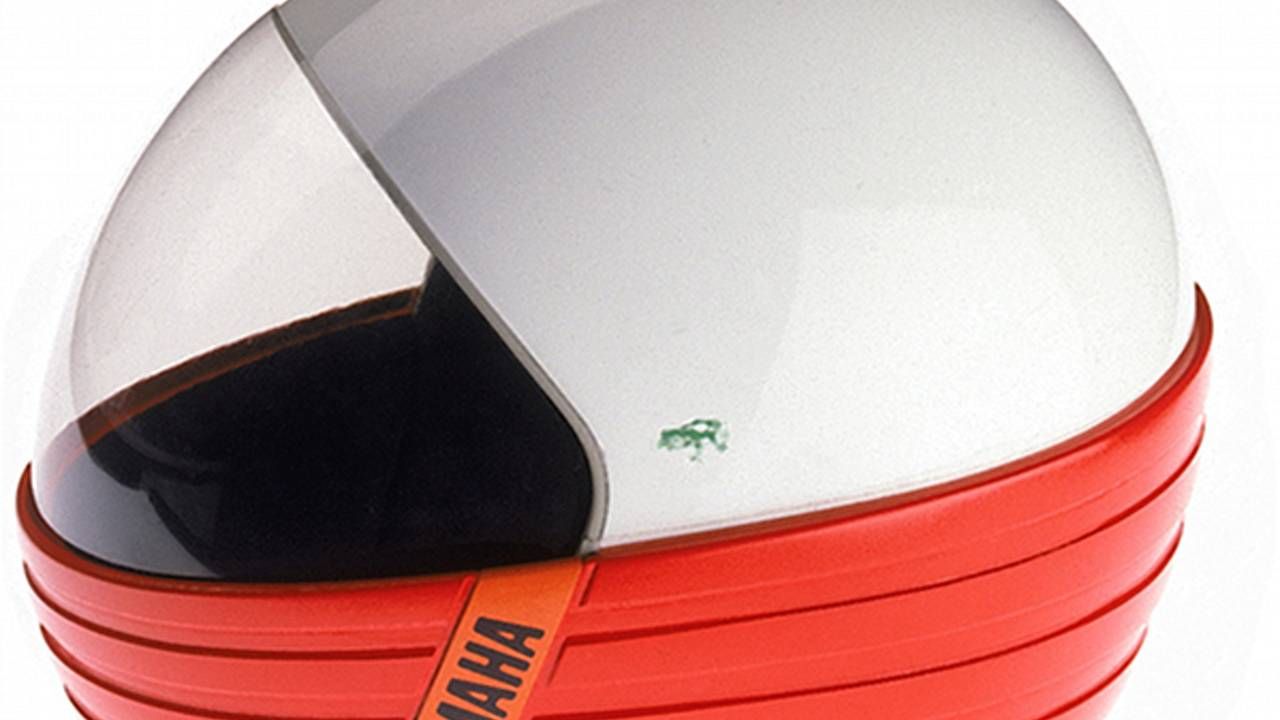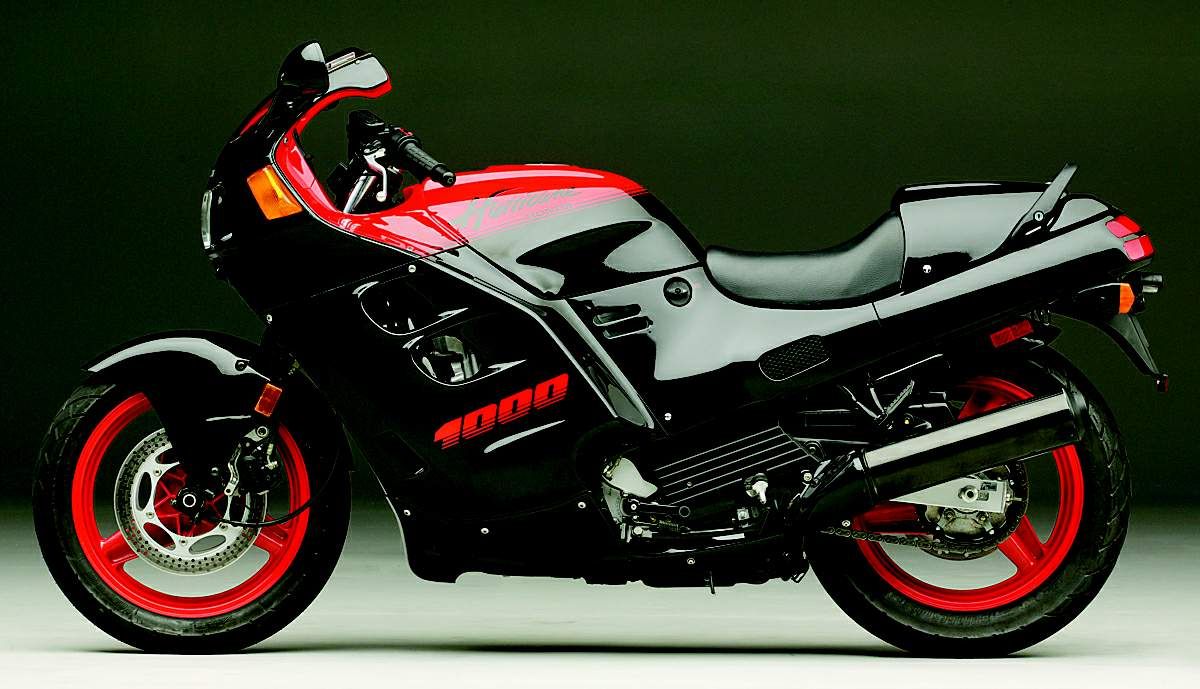The Frog 750 concept by Hartmut Esslinger, designed for a German motorcycle magazine's competition, was typical of 1980s styling exercises, or should that be excesses?
This Was How The future looked in the 1980s
The 1980s is the decade that we should try to forget. Pretty much everything was bad: fashion, music, attitudes, style (or lack of it!).
OK, that's a bit of a generalisation - not everything was bad but there are more questionable facets to the 1980s than any other decade.
In the car world, the decade gave us the first mass-produced 'aerodynamic' cars, such as the Ford Merkur (called the Sierra in Europe) and the Audi 100. But what was even more worrying was the trend for colour-coded body kits for every type of car, from the mundane to the exotic. This reached its zenith with Ford Capris or Mercedes with hideous wide-body conversions and everything - and I mean everything - finished in white, from the wing mirrors to the wiper arms to the interior. Tacky!
What were people thinking in the 1980s? I know the 1970s weren't exactly the paragon of style and sophistication but it was if a desire to reach into the future grabbed us in the 1980s, forcing us to bring the future into the now.
By and large, the motorcycling world managed to avoid most of the excesses of the decade in terms of styling. The manufacturers showed remarkable restraint for their production models, although there were a few pretty bad concepts which thankfully didn't see the light of day beyond being just that.
That didn't stop some individuals, however. Or magazines, for that matter. In 1986, Germany's Motorrad magazine ran a competition, inviting entrants to design a 'safer and more beautiful' motorbike.
One of the entrants was Hartmut Esslinger. No average man in the street, Esslinger was an industrial designer. He had most notably worked for Apple in the early '80s, creating a design language that is still in use today. Before that, he had worked for Sony, designing the Trinitron range of TVs, as well as Louis Vuitton, so his design credentials were pretty impressive.
For the competition, Esslinger collaborated with Yamaha USA. First of all, a 1:2.5 scale model was made and, when that was approved by Yamaha USA's top brass, they supplied Esslinger with an FZ750 that he would modify into his vision, which he christened the Frog 750!
"In addition to creating a futuristic design language, we also integrated into the design the findings of a motorcycle safety-related study done by the Bochum University in Germany, which influenced the Frog 750's bodywork and the shape of its fuel tank. This was done to increase the bike's visibility from the sides, as a major cause of accidents in the US is a car cutting into a bike's way from the side. We also provided double headlights, now an industry standard and we designed lightweight carbon fibre wheels in order to reduce unsprung weight which was quite a challenging proposal back then."
The finished bike was sent to Yamaha HQ in Hammamatsu, Japan, where the bike met with favourable reception but it was decided not to put it into production. It was a fairly radical design and the FZ750 was selling well anyway so why rock the boat?
Where Yamaha feared to tread, however, Honda was not so reticent. They incorporated styling cues and design elements of Esslinger's bike into the CBR 600F and CBR1000F Hurricane models of 1987. Both were big successes and Honda was quick to acknowledge Esslinger's influence. They even offered him one of the bikes as a gift!
So, while the Frog 750 is unmistakably '80s in its design language and looks terribly dated now, it actually influenced motorcycle design way beyond the pages of a German motorcycle magazine.

